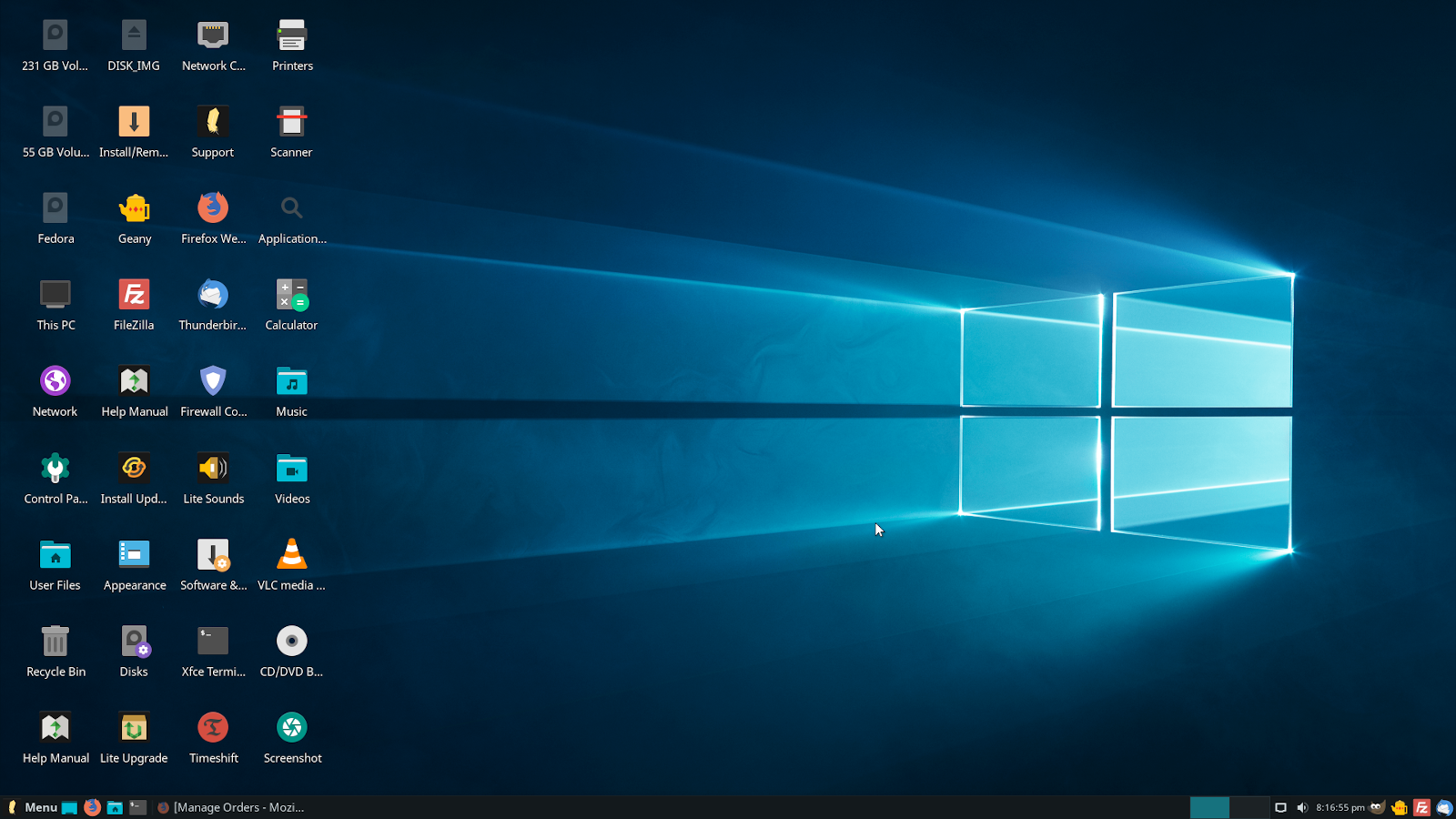

This will reportedly make managing and updating Windows easier for Microsoft and a less frightening experience for Windows users. Where Windows 11 mostly brought changes to the user interface and out-of-the-box experience, Windows 12 will supposedly be separated into "states" that live on different partitions on the storage drive. Still, Windows Central's Zac Bowden reports the Redmond giant is building the successor to Windows 11 - known as Windows 12 for now, codenamed Hudson Valley - with many of the principles of Core OS in mind, all part of a project dubbed "CorePC." That concept presented a lot of technical challenges, so it's no surprise that Microsoft has instead opted for a more gradual approach that we see embodied in Windows 11.

The most recent attempt before Windows 11 was something called " Windows Core OS." The idea was to build a stripped-down, lightweight OS that would serve as the base for a modular Windows that could then be packaged with the exact features needed for the target device form factor, be it tablets, laptops, or desktop PCs. When the world transitioned to hybrid work and study, the company decided to simply scrap the project and bake those ideas into Windows while removing what it considered to be superfluous apps and features. Microsoft has already spent years trying to modernize the Windows platform, including an attempt to build a completely separate version ( Windows 10X) for users that didn't need all the legacy baggage that has accumulated in Windows over the years. New capabilities could also make the operating system easier to manage on lower-end devices, while offering users the full spectrum of app compatibility with seamless updates. A more modular OS with components that will live on several different partitions is also rumored. One possibility is a faster update cadence than Windows 11. Rumor mill: Windows 12 is all but confirmed at this point, with several hints about what we can expect from the next major Microsoft release.


 0 kommentar(er)
0 kommentar(er)
